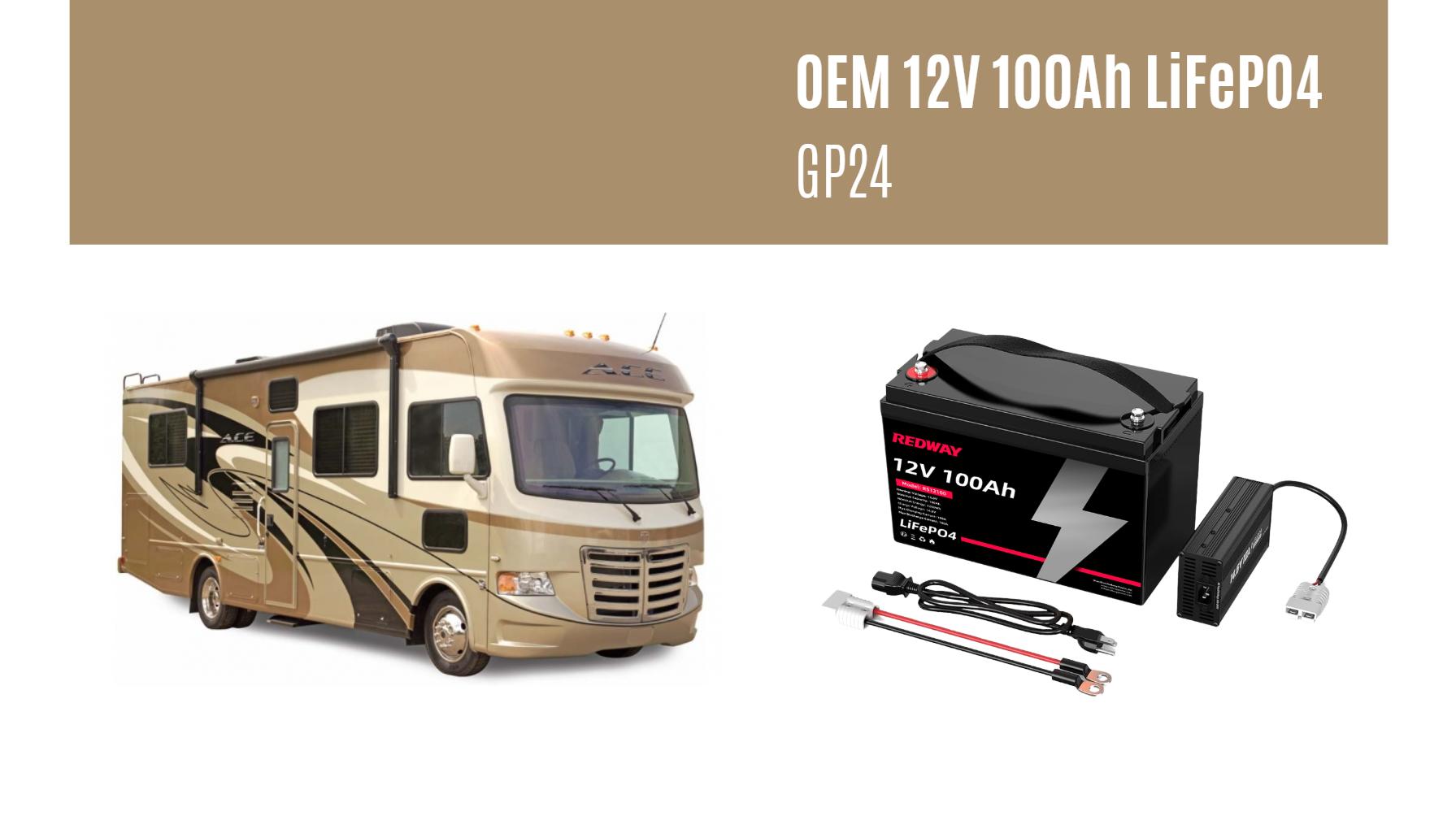Thor Motor Coach batteries require regular voltage checks, terminal cleaning, proper charging cycles, and temperature monitoring. Use distilled water for flooded lead-acid batteries and avoid deep discharges. Lithium-ion variants need specialized chargers. Annual professional inspections ensure longevity. Maintenance prevents corrosion, extends lifespan, and ensures reliable power for RV systems.
What Types of Batteries Are Used in Thor Motor Coaches?
Thor Motor Coaches primarily use flooded lead-acid, AGM (Absorbent Glass Mat), and lithium-ion batteries. Flooded batteries require periodic watering, while AGM and lithium-ion are maintenance-free. Lithium-ion offers higher energy density and faster charging but costs more. Battery choice depends on budget, usage frequency, and power demands.
How Often Should You Check Battery Voltage Levels?
Check voltage every 2-4 weeks during storage using a multimeter. Fully charged batteries should read 12.6-12.8V (lead-acid) or 13.2-13.4V (lithium-ion). Below 12.4V indicates partial discharge; recharge immediately to prevent sulfation. Monthly checks prevent unexpected failures during trips.
For frequent travelers, voltage checks should align with trip frequency. If using your Thor Coach weekly, test before each outing. Seasonal users must check more rigorously during storage periods—voltage drops faster in cold climates. Invest in a Bluetooth battery monitor for real-time tracking. These devices send alerts to your phone when voltage falls below preset thresholds, ideal for remote monitoring. Note that parasitic loads like CO detectors or clocks drain 0.5-1Ah daily. Disconnect batteries or use a master cutoff switch if storing longer than 30 days.
Why Is Cleaning Battery Terminals Critical?
Corrosion on terminals increases resistance, reducing efficiency and causing voltage drops. Clean terminals biannually with baking soda, water, and a wire brush. Apply dielectric grease afterward to prevent future corrosion. Poor connections can drain batteries 20% faster.
When Should You Recharge Thor Motor Coach Batteries?
Recharge lead-acid batteries at 50% discharge (≈12.1V) to avoid capacity loss. Lithium-ion can safely discharge to 20%. Use a smart charger with temperature compensation. Avoid overcharging, which causes overheating and electrolyte loss. Recharge within 24 hours after deep cycles.
Can Extreme Temperatures Damage RV Batteries?
Yes. Heat accelerates chemical reactions, causing water loss and plate corrosion. Cold increases internal resistance, reducing capacity by 30-50% at 0°F. Store batteries at 40-80°F. Insulate compartments in winter and ventilate in summer. Lithium-ion performs better in cold but risks overheating in high temps.
| Temperature (°F) | Lead-Acid Capacity | Lithium-Ion Capacity |
|---|---|---|
| 32°F | 75% | 95% |
| 0°F | 50% | 80% |
| 100°F | 90%* | 85%** |
*With increased water consumption
**Requires active cooling systems
Install thermal blankets in freezing climates and use vent fans during summer. Never charge frozen batteries—thaw gradually to room temperature first. Lithium-ion systems with built-in heaters maintain efficiency down to -4°F but consume 5-8% more energy when heating.
What Are Signs of Battery Replacement Needs?
Key indicators include swollen cases, sulfur smells, inability to hold charge, voltage dropping below 10.5V under load, and reduced runtime. Lead-acid batteries typically last 3-5 years; lithium-ion lasts 8-10. Replace all batteries in a bank simultaneously to prevent imbalance.
How Does Solar Charging Affect Battery Maintenance?
Solar systems reduce grid dependency but require MPPT charge controllers to regulate voltage. Ensure panels provide 10-20% more wattage than battery capacity. Lithium-ion handles irregular solar input better than lead-acid. Clean panels monthly for optimal charging efficiency.
“Thor Coach owners often overlook battery compartment ventilation. Hydrogen gas buildup from lead-acid batteries can create explosion risks. Always check vent tubes and ensure 1-2 inches of airflow space around lithium packs. For lithium systems, invest in a Bluetooth-enabled BMS (Battery Management System) to track cell balancing remotely.”
— Redway Power Solutions Engineer
Conclusion
Proactive maintenance of Thor Motor Coach batteries ensures reliable power for lighting, appliances, and ignition systems. Combine voltage monitoring, terminal care, and climate-appropriate practices. Upgrade to lithium-ion for reduced upkeep, and always follow manufacturer guidelines for charging parameters. Annual load tests by certified technicians add an extra layer of reliability.
FAQs
- Q: Can I mix old and new batteries in my Thor Coach?
- A: No—mixing ages or types causes uneven charging and reduces overall lifespan.
- Q: Does idling the engine charge house batteries?
- A: Yes, but inefficiently. It requires 4-6 hours of idling to charge 50%, wasting fuel. Use shore power or solar instead.
- Q: Are battery desulfators effective for Thor Coach batteries?
- A: Pulse desulfators can recover mildly sulfated lead-acid batteries but won’t repair physical damage. Consult a technician before investing.




